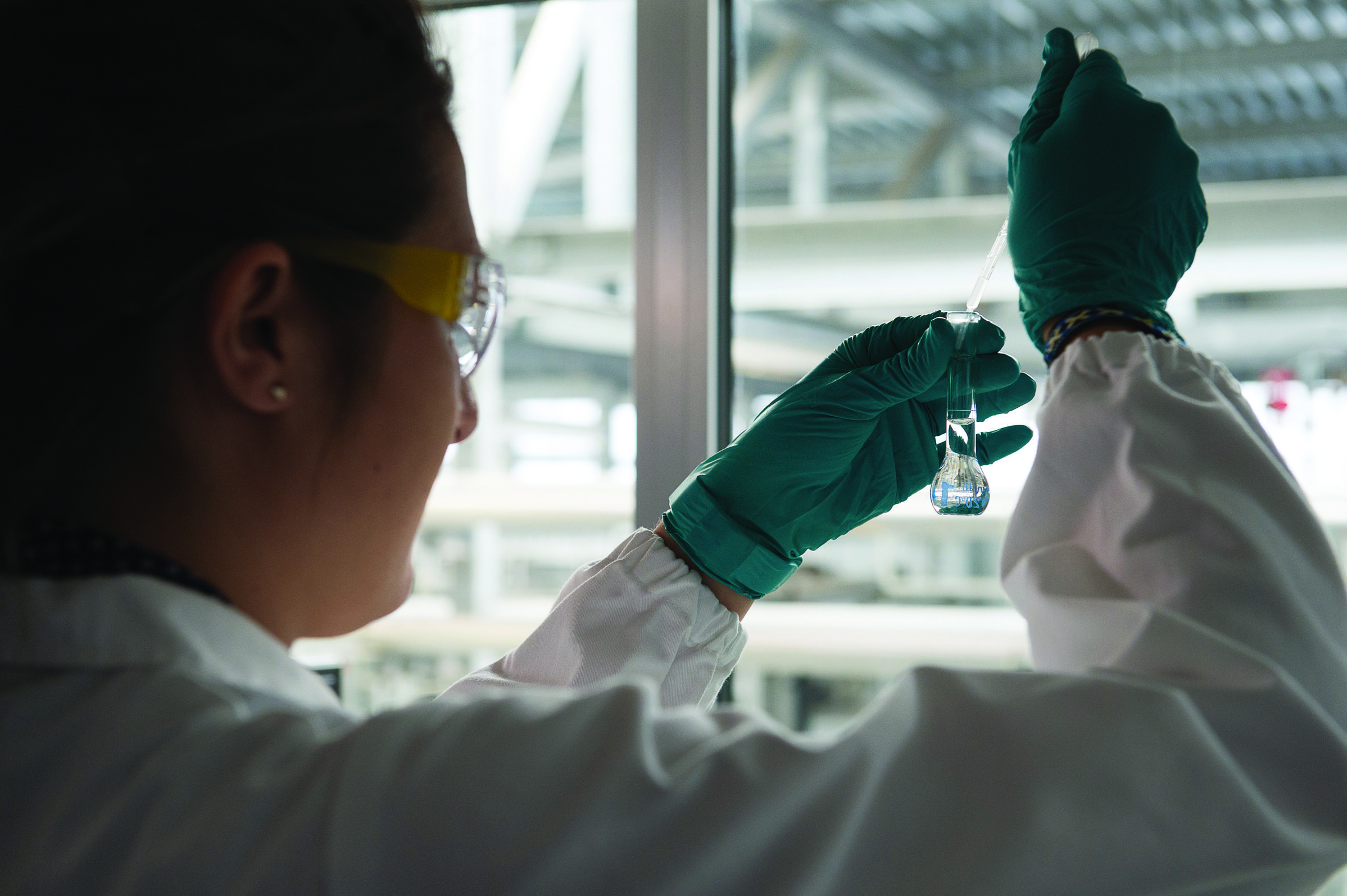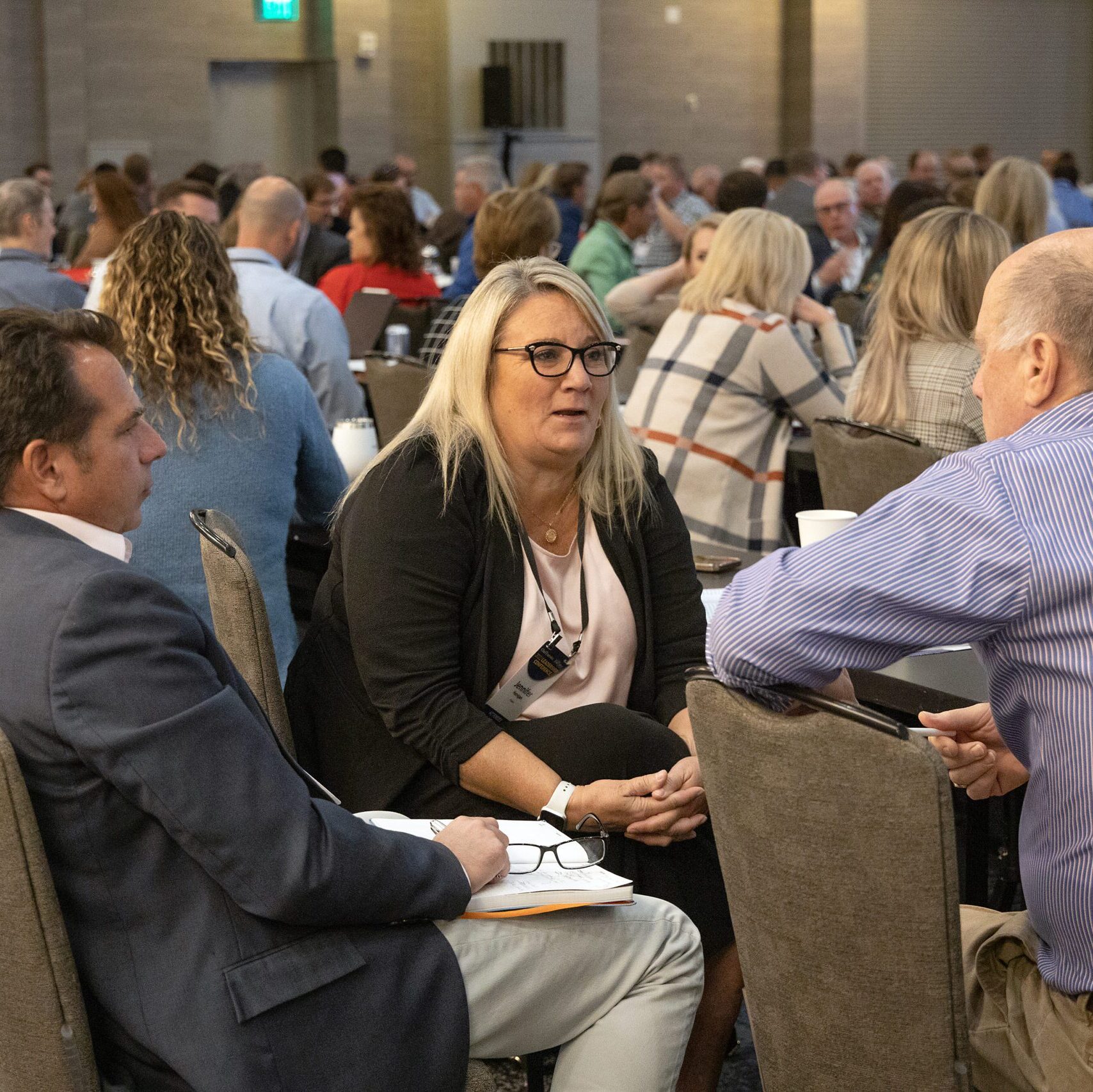
Q: What one thing do you most hope for? Corporate tax reform or something else?
Let’s start with the word “certainty.” We all need some degree of certainty to plan our businesses. So how does one get certainty in Washington? For starters, we look for more fiscal responsibility and stability, including entitlement reform and government reform, such as some degree of Bowles-Simpson. Maybe all this is unlikely, but we all violently agree with corporate tax reform. The OECD average today is 25 percent. We’re now one of the highest tax jurisdictions in the world. Twenty years ago, we were one of the lowest, but everyone else has zoomed past us. The current tax code is a leaking sieve, to say the least, so if we can plug those loopholes, stay revenue neutral [and] work the S-corporation rate, that will be a great landing spot.
Not too long ago, serious people dismissed talk of a manufacturing revolution in the U.S., saying that the sector was headed for extinction; 40,000 factories shut down between 2000 and 2010, and 5.5 million manufacturing jobs were lost. You’ve said that thanks to entrepreneurs in the natural gas world—the shale-gale phenomenon—manufacturing has revived, and so it has. But what do manufacturing leaders really need to do to make sure this development can be sustained and that it’s not just a will-o’-the-wisp?
Entrepreneurial action and its ability to pivot, according to the world we face, is one of America’s greatest attributes. Manufacturers, for far too long, did not really display agility when global competition disrupted supply chains. We are in a different world. We’re traveling at the speed of flight. We are so connected to the information age without realizing that we’re still at the dawn of it. The smarter companies have figured out their place in the global supply chain and have adjusted their service and product models accordingly.
For example, of the top 20 chemical companies in the world in 1990, 17 of them disappeared by 2010. Dow is one of the survivors because we were able to pivot on a global scale, which is no
easy thing. It’s not for the lighthearted.
You have to bet your company, whether it’s small, medium or large, against these global forces. Who has replaced some of these American and European enterprises in the top 20? State-owned enterprises. They have a very different model. Their model is simple—employ people. Jobs are the quintessential issue of our time. As they emerge and globally compete, they don’t use EVA analysis or ROC; they get subsidized capital, subsidized labor, subsidized energy—subsidized everything—because jobs are the greater good. In our industry, we stopped innovating, if you think of innovation as the quintessential aspect of manufacturing in all of its forms, whether it’s making a smartphone or making a chemical product. So, if they’re commoditizing faster than you innovate, they will run over you. Manufacturing today means you’ve got to innovate faster than they commoditize you.
This should be an American advantage because we run the intersections of research, universities, start-ups, finance and supply chains of small, medium and large scale better than anyone.
Manufacturing now employs 12 million people in this country—almost one million more than it did in 2010. The energy tailwind, shale-gale, has been an enabler, an American entrepreneurial action. We’re in the fourth wave of investment in value and in energy—it’s terrific. In the chemical industry alone, and Dow’s part of this—$130 billion of value-add facilities will create 1 million new jobs in the next five years, and this means another three-to-five million in the supply chain.
The biggest issue we have is training a new skilled workforce to deploy against that value add, and for me, that is the key topic in manufacturing today. We need technically trained people at the
German skill level, in automation, robotics and fine-precision manufacturing. This is the world that we’re in today and we’ve got to adjust to it, and frankly that’s what I spend my time on.
Chief Executive Group exists to improve the performance of U.S. CEOs, senior executives and public-company directors, helping you grow your companies, build your communities and strengthen society. Learn more at chiefexecutivegroup.com.
0

1:00 - 5:00 pm
Over 70% of Executives Surveyed Agree: Many Strategic Planning Efforts Lack Systematic Approach Tips for Enhancing Your Strategic Planning Process
Executives expressed frustration with their current strategic planning process. Issues include:
Steve Rutan and Denise Harrison have put together an afternoon workshop that will provide the tools you need to address these concerns. They have worked with hundreds of executives to develop a systematic approach that will enable your team to make better decisions during strategic planning. Steve and Denise will walk you through exercises for prioritizing your lists and steps that will reset and reinvigorate your process. This will be a hands-on workshop that will enable you to think about your business as you use the tools that are being presented. If you are ready for a Strategic Planning tune-up, select this workshop in your registration form. The additional fee of $695 will be added to your total.

2:00 - 5:00 pm
Female leaders face the same issues all leaders do, but they often face additional challenges too. In this peer session, we will facilitate a discussion of best practices and how to overcome common barriers to help women leaders be more effective within and outside their organizations.
Limited space available.

10:30 - 5:00 pm
General’s Retreat at Hermitage Golf Course
Sponsored by UBS
General’s Retreat, built in 1986 with architect Gary Roger Baird, has been voted the “Best Golf Course in Nashville” and is a “must play” when visiting the Nashville, Tennessee area. With the beautiful setting along the Cumberland River, golfers of all capabilities will thoroughly enjoy the golf, scenery and hospitality.
The golf outing fee includes transportation to and from the hotel, greens/cart fees, use of practice facilities, and boxed lunch. The bus will leave the hotel at 10:30 am for a noon shotgun start and return to the hotel after the cocktail reception following the completion of the round.